Latin America Regulatory Compliance Group
Type Approvals for Latin America and the Caribbean
Latin America Regulatory Compliance GroupLARCG COVERS THE CARIBBEAN
LARCG COVERS LATAM
Type Approval in the Caribbean
Each country in the Caribbean requires its own type approval certification. LARCG handles the approval process throughout the Caribbean, including Anguilla, Antigua and Barbuda, Aruba, Bahamas, Barbados, Bermuda, Bonaire Sint Eustatius Saba (BES), British Virgin Islands (BVI), Cayman Islands, Curacao, Dominica, Grenada, Montserrat, St. Kitts and Nevis, St. Lucia, St. Maarten, St. Vincent and Grenadines, Trinidad and Tobago, and Turks and Caicos.
Products requiring homologation:
- Portable transceivers
- Key systems
- Modems
- Remote radio controls
- GSM telephones
- Mobile radios
- Modems
- Wireless remote devices
- Wireless Microphones
- Wireless Telephones, including some DECT systems
- RFID equipment
- Radio alarms
- Any other customer premises equipment to be connected to public switched telecommunications system
Documents typically required:
- International test reports (FCC report/grant, CE reports)
- Datasheet (Technical specifications)
- Authorization letter (LARCG will provide template)
- User manual/guide
Caribbean countries we service:
- Anguilla
- Antigua and Barbuda
- Aruba
- Bahamas
- Barbados
- Bermuda
- Bonaire, Sint Eustatius, and Saba (BES)
- British Virgin Islands (BVI)
- Cayman Islands
- Curacao
- Dominica
- Grenada
- Montserrat
- St. Kitts and Nevis
- St. Lucia
- St. Maarten
- St. Vincent and Grenadines
- Trinidad and Tobago
- Turks and Caicos.
There are no labeling requirements.
Contact us to start the approval process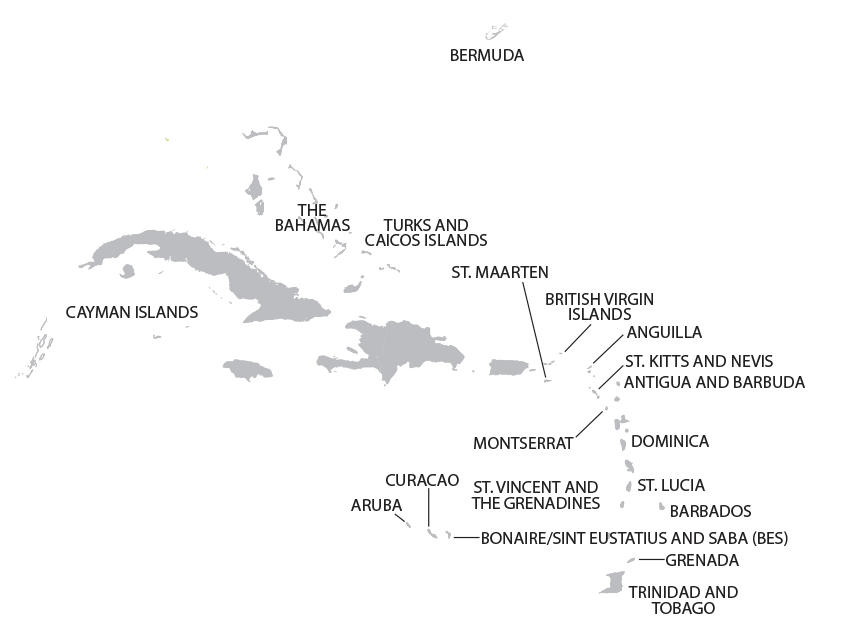
Caribbean Plug Types
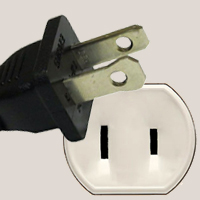
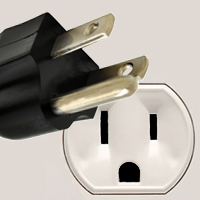
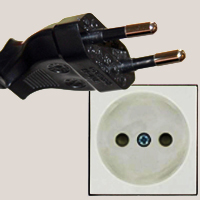
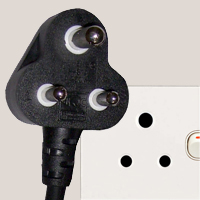
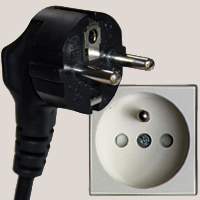
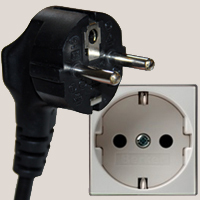
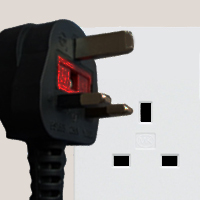
Type A plugs, rated at 15 Amps, are used in The Bahamas, Bermuda, Turks & Caicos Islands, Sint Marteen, British Virgin Islands, Anguilla, Barbados, Trinidad & Tobago, Bonaire, Sint Eustatius, Saba, Curacao and Aruba. This Class I, non-grounded, non-insulated plug operates on AC current and is known as NEMA 1-15. The plug has two 1.5 mm thick blades which measure 15.9 – 18.3 mm in length and are spaced 12.7 mm apart. The neutral blade is 7.9 mm wide, while the hot blade is 6.3 mm wide. This plug almost always operates between 100 – 127 volts and is only compatible with socket type A.
Type B plugs, rated at 15 amps, are used in The Bahamas, Bermuda, Turks & Caicos Islands, Sint Marteen, British Virgin Islands, Anguilla, Barbados, Trinidad & Tobago, Sint Eustatius, Saba, Curacao and Aruba. This class I grounded, non-insulated plug operates on AC current and is known as NEMA 5-15. The plug has two 1.5 mm thick blades which measure 15.9 – 18.3 mm in length, and are spaced 12.7 mm apart. It also features a 4.8 diameter round, or u-shaped earth pin measuring 3.2 mm which acts as a ground. This plug almost always operates between 100 – 127 volts and is compatible with type A and B sockets. Grounded type B outlets are still rather uncommon in some parts of Central and South America. However, it is not uncommon for people to cut off the earth pin to achieve compatibility with two-pole non-grounded sockets.
Type C plugs, rated at 2.5 Amps, are used in Saint Kitts & Nevis (Officially the Federation of Saint Christopher and Nevis), Bonaire and Sint Eustatius. They operate on AC current at 220 – 240 Volts. Probably the most widely used international plug, CEE 7/16 or Europlug, features two 4 mm round pins measuring 19 mm in length, which are spaced 17.5 mm apart at the tip and 18.6 mm apart from the center point of each pin’s base. 10 mm long insulated sleeves slightly cover the base of the pins; however, they are relatively flexible which allows the plug to mate with any socket that accepts 4.0 – 4.8 mm round contacts on 17.5 – 19 mm centers. As a class II plug, the Europlug is generally limited to applications that require 2.5 amps or less. Note: whereas type C plugs are very commonly used, this is not the case for type C sockets, as these sockets are older and not grounded. Most counties now require grounded sockets to be installed in new buildings; and as such, the sockets have become illegal almost everywhere – they are being replaced by type E, F, J, K or N. To be clear, only the sockets have become illegal; the plugs remain in use.
Type D plugs are used in Dominica. The BS 546, or type D plug operates at 5 Amps on AC current at 220 – 240 Volts, and features three round prongs that form a triangle. The centered, grounded pin is 20.6 mm long with a diameter of 7.1 mm. The hot and neutral pins have a diameter of 5.1 mm and measure 14.9 mm long. Hot and neutral pins are separated 19.1 mm apart from each other. The center-to-center distance between the grounding pin and the middle of the imaginary line connecting the two power pins is 22.2 mm. Note: This is a non-insulated plug.
Type E plugs are used in Saint Kitts & Nevis (Officially the Federation of Saint Christopher and Nevis). However, they are also used in the Caribbean island of Saint Kitts (officially the Federation of Saint Christopher and Nevis). This grounded plug operates on AC current at 220 – 240 Volts and is rated at 16 Amps. The CEE 7/6 plug is different from the type F plug in that the grounding in Type E socket is accomplished with a round male pin, which is permanently mounted in the socket. The grounded pin is 14 mm long and has a diameter of 4.8 mm. The plug has two 4.8 mm rounded pins, measuring 19 mm long and spaced 19 mm apart. The distance, center-to-center, between the female contact and the center of either pin is 10 mm.
Type F plugs are known as CEE 7/4 by the International Electrotechnical Commission, as well as the “Schuko plug”, which is an acronym of “Schutzkontakt”, meaning “protection contact”, or “safety contact.” They are used in Sint Eustatius and Aruba. This grounded plug operates on AC current at 220 – 240 Volts and is rated at 16 Amps. Featuring grounded clips on the top and bottom, type F plugs feature 4.8 mm rounded pins measuring 19 mm in length, and are spaced 19 mm apart from either center point. The distance between either grounded clips and the center of the plug is 16 mm. Because the CEE 7/4 plug can be inserted in either direction into the receptacle, the type F connection system is not polarized.
Type G plugs can be found in Guyana, Grenada, Dominica and Saint Lucia. The plug features three rectangular prongs that form an isosceles triangle. The BS 1363, or type G plug operates at 13 Amps on AC current at 220 – 240 Volts. The central, grounded prong is 4 by 8 mm and measures 22.7 mm long. Line and neutral pins are 4 by 6.35 mm and measure 17.7 mm long. Center-to-center distance between line and neutral prongs measures 22.2 mm, as well as the distance between the earth pin and the middle of the imaginary line connecting the two power pins. 9 mm long insulated sleeves prevent accidental contact with a bare connector while the plug is partially inserted.